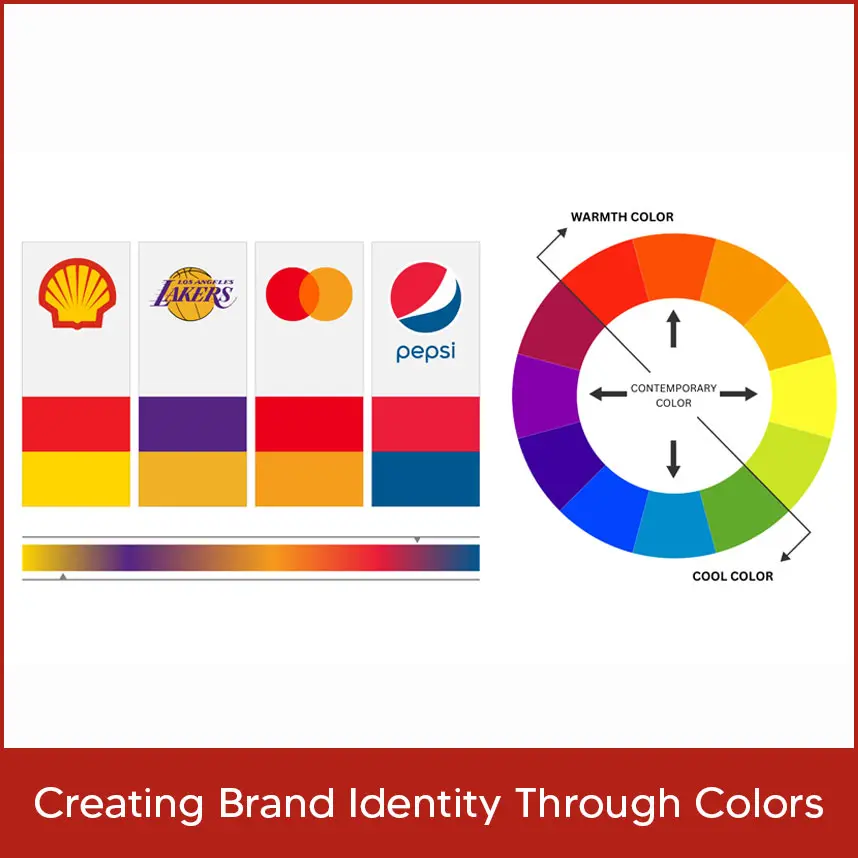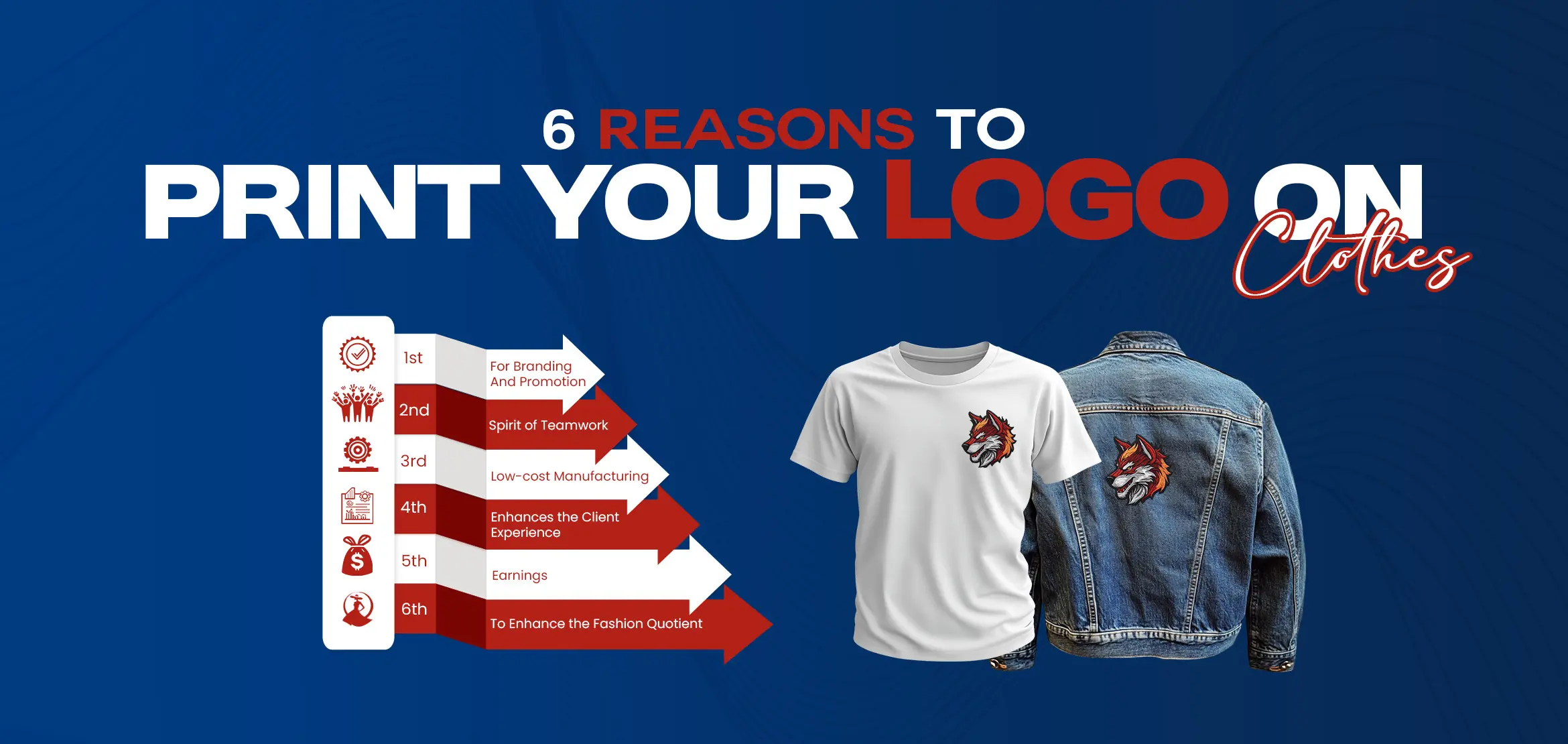
The Power of Color Psychology in Logo Design
Creating a strong brand identity is essential for standing out in today’s competitive market. A logo is one of the most important elements of that identity, it’s the visual symbol that represents a company’s values, personality, and uniqueness. While shapes and typography matter, color often plays the most influential role in how a logo is perceived.
Colors can evoke emotions, influence buying behavior and communicate brand messages without saying a word. In this blog, we’ll explore how color psychology shapes logo design and how it can be strategically applied to create logos that leave a lasting impression.
Importance of Logo Design in Branding

A logo is far more than a simple mix of graphics and text, it’s the first impression customers have of your business. A well-crafted logo builds recognition, inspires trust and communicates your values at a glance.
A strong logo design:
Establishes a clear and consistent brand identity.
Builds recognition and memorability.
Creates trust and professionalism.
Conveys style and market positioning.
Connects emotionally with the audience.
Every detail, from shapes and typography to color palette, must work together to reflect your brand essence and appeal to your target market. Since colors can trigger specific emotions, they are a vital component that deserves careful consideration.
Psychological Impact of Colors

Colors influence how people feel and react to a brand. By understanding these associations, designers can create logos that connect on an emotional level.
1. Warm Colors (Red, Orange, Yellow)
Warm colors are bright, lively, and naturally eye-catching. They create feelings of energy, excitement, and friendliness, which can make a brand feel more approachable and engaging. These colors are often used by businesses that want to spark interest quickly, stand out in a busy marketplace or create an emotional connection with customers. When used in a logo, warm tones can make a brand appear more dynamic, inviting, and memorable.
Examples of warm colors in branding:
Red: Creates urgency, excitement, and passion. Often used to grab attention and inspire action.
Orange: Symbolizes enthusiasm, creativity, and friendliness, making brands appear approachable and energetic.
Yellow: Represents optimism, happiness, and positivity, creating a cheerful and uplifting mood.
These tones are excellent for brands that want to appear bold, fun, and full of life, helping them stand out from competitors and leave a strong first impression.
2. Cool Colors (Blue, Green, Purple)
Cool colors are calming and give a feeling of stability. They help people feel safe and comfortable when interacting with a brand.
Blue: Associated with trust, professionalism and reliability. It can make customers feel confident in your services or products.
Green: Represents nature, growth, and balance. Ideal for brands that focus on wellness, health or environmental care.
Purple: Evokes luxury, creativity, and sophistication. It can make a brand feel unique and high-quality.
Cool tones work well for brands that want to build credibility, inspire relaxation, or present an elegant and refined image.
3. Neutral Colors (Black, White, Gray)
Neutral colors bring balance and professionalism to a design. They are timeless and can work in almost any industry.
Black: Strong, bold, and timeless. It adds authority and elegance to a brand.
White: Pure, clean, and minimal. Ideal for brands that value simplicity and clarity.
Gray: Balanced, calm, and professional. It works well as a background color to support brighter tones.
Neutral shades are usually used as a base and can be paired with bold colors to create contrast and highlight important elements in a logo.
Creating Brand Identity Through Colors

Choosing the right colors is one of the most effective ways to show your brand’s identity. Your color choices can tell customers whether your brand is fun, serious, friendly, or luxurious.
Vibrant Colors for Youthful Brands: Bright colors appeal to younger audiences, giving your brand an energetic and modern feel.
Soft Colors for Wellness & Beauty: Gentle shades create a sense of trust and relaxation, making them perfect for healthcare and beauty businesses.
Bold Colors for Authority: Strong tones like deep red or navy show confidence and leadership, making a brand appear dependable and established.
When you keep your colors consistent across your logo, website, packaging, and ads, people start to remember your brand more easily.
Iconic Logos and Color Use
Some of the most memorable logos in the world are successful because of their smart use of color. These colors aren’t chosen randomly, they are picked to send a clear message and connect emotionally with the audience.
Examples of strategic color use in logos:
Black for timeless elegance and authority.
Red for excitement, energy, and passion.
Yellow for warmth, friendliness, and optimism.
Blue for trust, professionalism, and calmness.
Green for freshness, nature, and growth.
By using colors consistently, brands create strong visual associations. Over time, customers recognize the brand instantly just from the colors.
The Takeaway
Color psychology is one of the most powerful tools in logo design. By choosing the right color palette, you can shape how customers see and remember your brand.
If you ever feel confused about color choices or face challenges in designing your logo, don’t worry.Digitizing USA offers professional logo design services across the USA at affordable prices. Whether you want a bold, simple, or complex design, we create a custom logo that matches your vision and speaks directly to your audience.
From start to finish, our team ensures your logo reflects your brand identity and creates a lasting impression. So why wait? Order your custom logo design at Digitizing USA today and give your brand the identity it deserves






